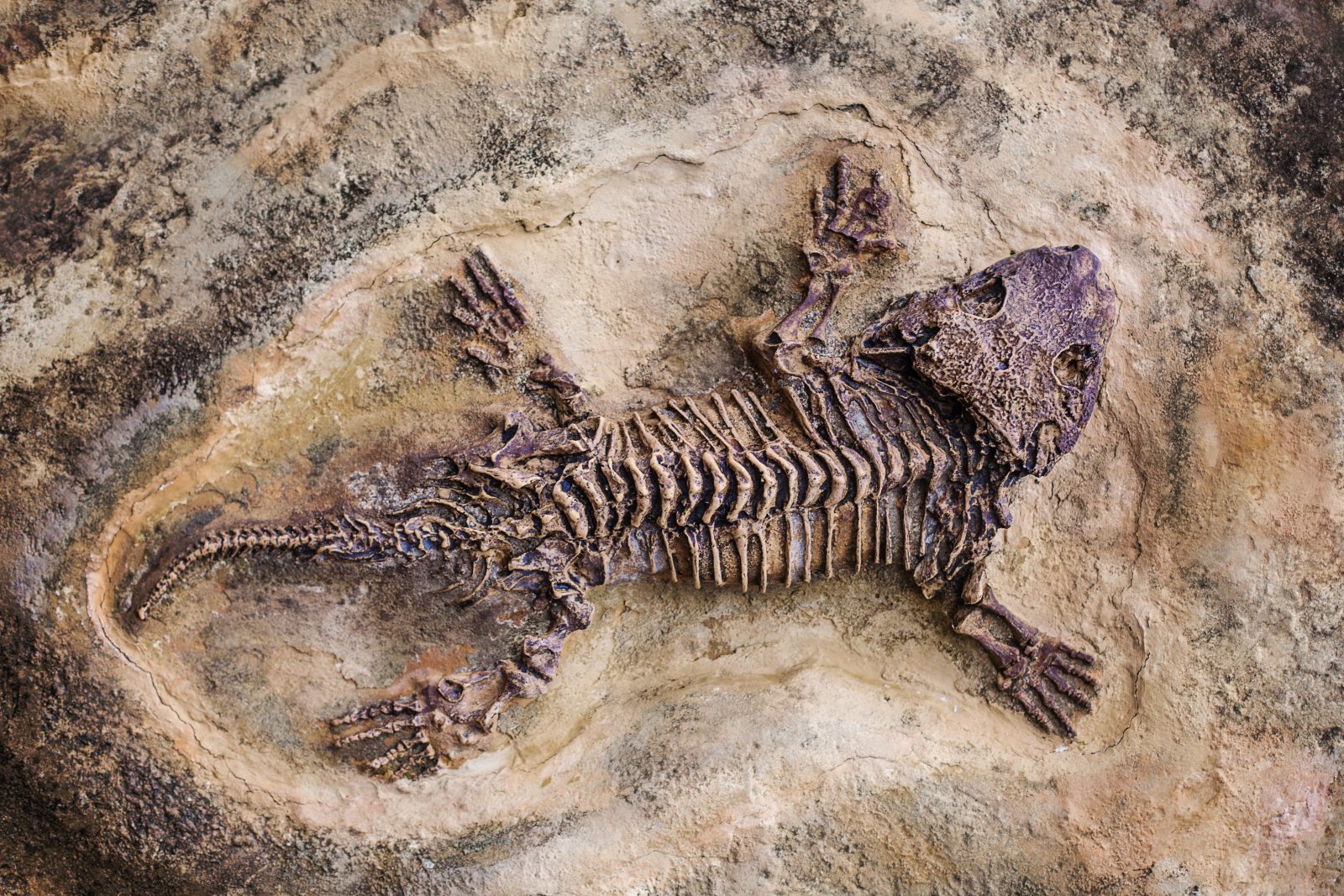


Jonathan Wells and The Comprehensive Guide to Science and Faith, Pt. 1
Today’s ID the Future spotlights a new book, The Comprehensive Guide to Science and Faith: Exploring the Ultimate Questions about Life and the Cosmos, and specifically a chapter by biologist Jonathan Wells titled “What are the Top Scientific Problems with Evolution?” Wells is the guest, and the host is geologist and Center for Science and Culture associate director Casey Luskin, who co-edited the anthology from Harvest House Publishers. In this episode the first problem that Wells highlights concerns homology and convergence. A second problem involves fossils. Darwin anticipated “innumerable transitions” in the fossil record, but such a rainbow of transitional forms has never been found. Not even close. Another problem, molecular phylogenies. Another: the lack of observational evidence that natural selection can help to accumulate many small changes into major new innovations. What about the power of random mutations, with or without natural selection? Wells says that this, too, is a problem for modern evolutionary theory, and he provides laboratory evidence to support his claim. Another problem: evidence pouring in from what are known as molecular phylogenies. As Luskin notes, there is much more in the essay, and it’s only one of many essays in the new anthology, with contributions from many of the leading lights of the intelligent design movement. Each essay is written in a concise and accessible form. Find the new book at Amazon and other online booksellers.

Dead Peppered Moths Can’t Evolve, and the Myth About Them Hasn’t Changed Much, Either
On this episode of ID the Future, biologist Jonathan Wells, author of Icons of Evolution: Science or Myth? Why Much of What We Teach About Evolution is Wrong and Zombie Science: More Icons of Evolution, debunks a new study purporting to breathe fresh life into an old and throughly discredited icon of evolution, the peppered moth. Wells also tells how this icon of a moth “evolving” from light to dark still lives on in current textbooks, in the same form many parents probably remember from their school days. Dr. Wells and others have shown that many of these pictures used dead moths, pinned in places that live ones never rest. The supposed science of peppered moth evolution has been shown to be false as well. But the pictures and the claims are persuasive, so some textbooks still use them. This prompts host Rob Crowther to ask Dr. Wells, what can parents do to help their kids know the truth? Listen in and to hear Dr. Wells’ advice.
Read More ›
Zombie Science Author: From Berserkeley to Berkeley and Back Again
On this episode of ID the Future, Zombie Science author Jonathan Wells talks about his multifaceted, impressive and, at times, quirky educational history. Dr. Wells started as an undergrad geology major at Princeton and later moved to Berkeley to finish his undergraduate work. He was arrested as a conscientious objector and saw the ugly side of the anti-war movement. Disgusted, he moved to the remote mountains and there discovered evidence of intelligent design. After snagging a Ph.D. in theology from Yale, he returned Berkeley for his second Ph.D., this one in embryology. It was in studying embryos that Dr. Wells came across his first Icon of Evolution, Haeckel’s embryos. More icons soon followed. These and the dogmatism of the scientific materialists are explored in his newest book, Zombie Science: More Icons of Evolution.
Read More ›
The Academic Freedom Case of John Freshwater
On this episode of ID the Future, listen in as Joshua Youngkin and attorney Rita Dunaway of The Rutherford Institute discuss the academic freedom case of John Freshwater, an Ohio middle school science teacher of 24 years. Freshwater was fired after it was revealed that he was teaching both the strengths and weaknesses of Darwinian evolution in his classroom.

Biomimetics, Peppered Moths, and Ardi: The Top Ten Darwin and Design Science Stories for 2009
You could call it the year of evolution hype gone bust. On this episode of ID the Future, Casey Luskin interviews Dennis Wagner, executive director of the Access Research Network about their Top Ten Darwin and Design Science News Stories for 2009. Listen in to this second installment as they discuss five stories for 2009, including the crumbling icons of evolution, peppered moths, the overhyped fossil, “Ardi,” and the positive case for design in the Cambrian explosion.
Read More ›